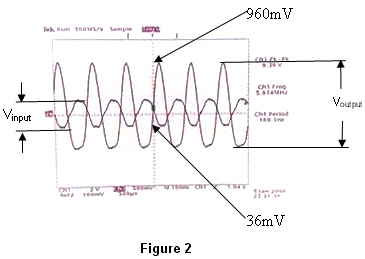

If you found any mistake of information presented in this web site, please kindly e-mail to kho.teck.kiang2k@mmu.edu.my . Your help will be much appreciated.
This web site is best viewed by 1024 x 768 resolution with Internet Explorer (4.0 or above) or any browser that supports JavaScript.


